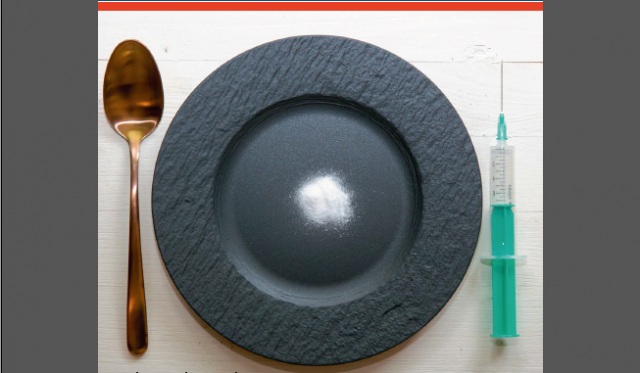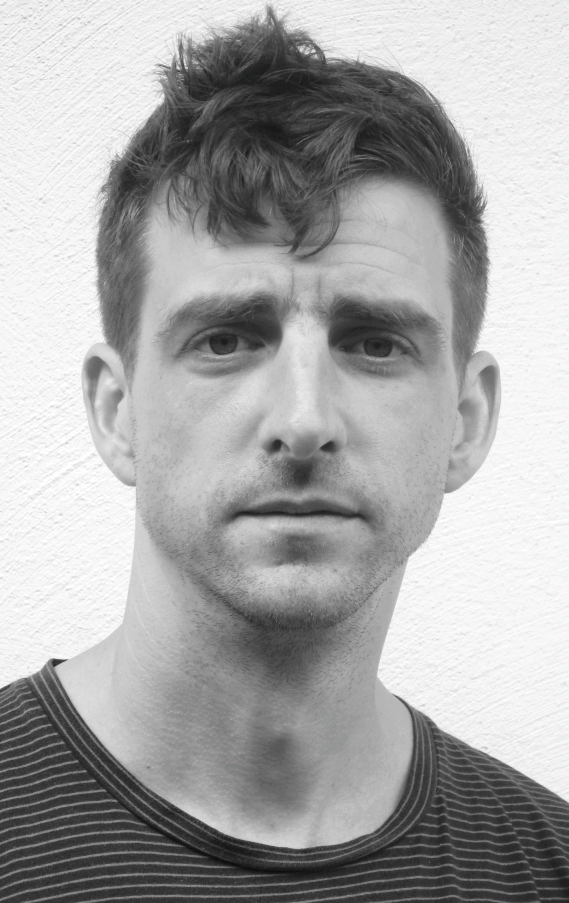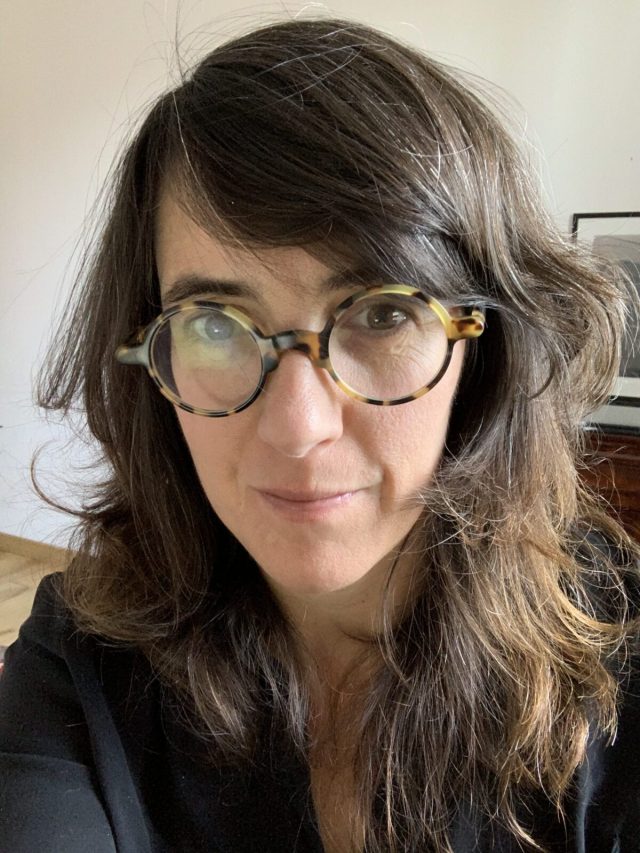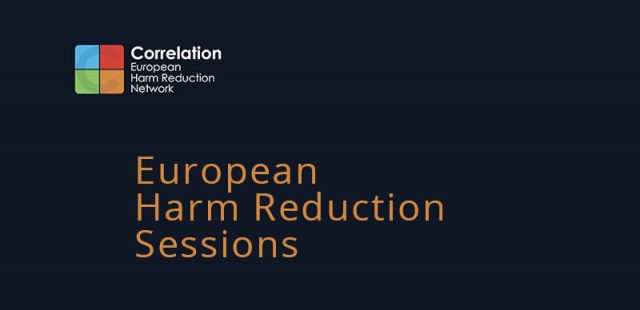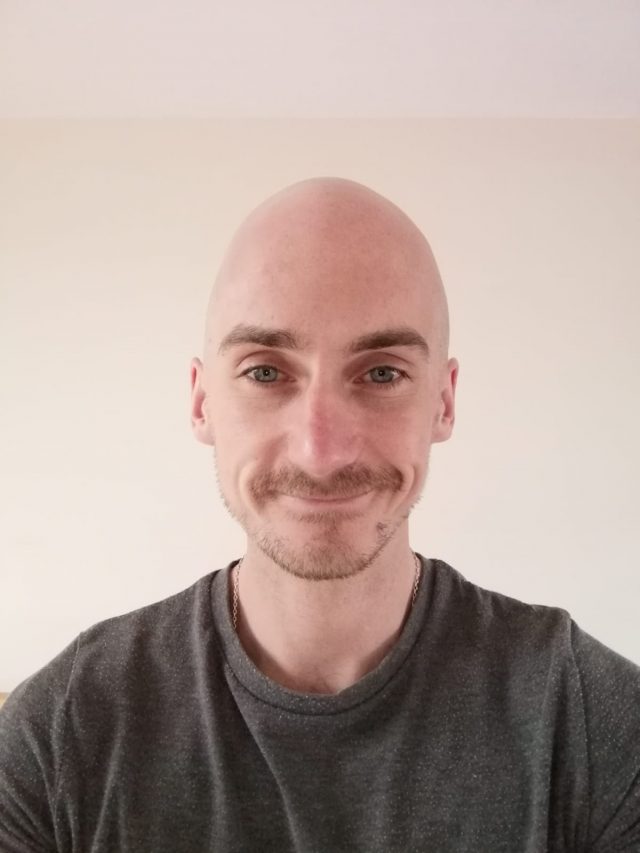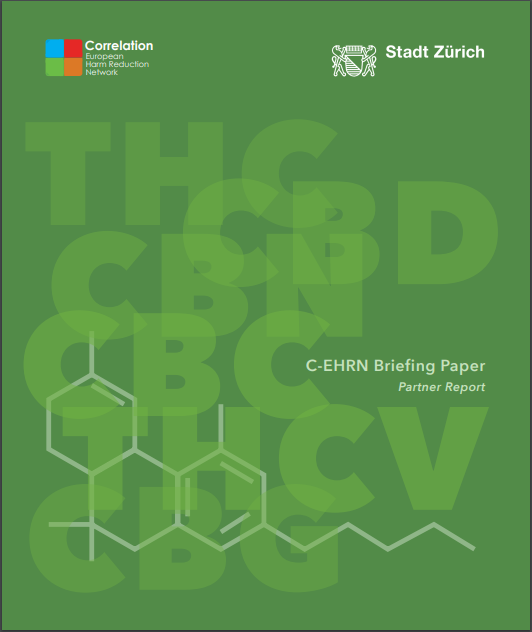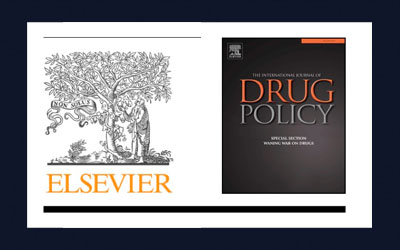With the words of our Focal Point in Slovenia, Katja Krajnc:
“In Slovenia, we still don’t have official DCR. Initial ideas of opening DCR in Ljubljana date from the middle of 90s. In 2004 NGO Stigma filed an official application for opening drug consumption room to the Governmental Office for Drugs, who unfortunately did not materialise the idea at the time. Shortly after, the Office was abolished and became a small part of Ministry of health. Four years later, in 2008 NGO Stigma (together with other NGOs and Union of non-governmental organisations working in the field of drug use and harm reduction) filed an amendment to Criminal Law to the Ministry of Internal Affairs, which led to change in Criminal Law in 2012. The new amendment states that provision of place for drug use is still criminal offence. However, if an organisation provides treatment programmes or a controlled space for drug use, it is no longer considered criminal offence. It is though obligatory that the programme is under the control of relevant medical institution.
In 2013, the Governmental Commission for Drugs confirmed a document, prepared by the National Institute for Public Health in cooperation with NGOs. This document determined theoretical and practical aspects of opening DCR in Slovenia. This document became a base for DCR to be one of Slovenian Nacional Programme priorities for Drugs, 2014 – 2020, and to be implemented in the Action Plan, 2015 – 2016.
After almost two-decades-long advocacy efforts and legal background setting, in 2015, the local NGO Stigma initiated the drug consumption room (DCR) pilot project in Ljubljana, funded for 18 months by the Ministry of Health.We planned to research the need for DCR from drug users’ perspective and prepare evaluation tool for the second part of the project when the DCR would be open for six months. Unfortunately, the opening never happened. Due to lack of finances, we could recruit only one person – medical staff for full and create a network of organisations and institution in Ljubljana, including Community Center, Emergency Unit, Toxicology Center, and all other stakeholders who could assist in effective emergency response in a critical moment as fast as possible. When we rented one close to the city centre and bought equipment for DCR, we faced another problem, new bureaucratic requirements. Financial plan for the pilot project was presented to and approved by the Governmental Commission on Drugs, with the estimated cost of approximately 80.000euros per year for operating the DCR, including the employment of two medical staff. For 2015-2016, NGO Stigma received 42.500, euros from the Ministry of Health. Accordingly, we decided to shorten the project’s duration to six months and hire only one medical staff. In February 2016, one month before the opening, Ministry of health who granted the pilot in the first place, requested us to get the project checked at the National Medical Ethics Committee which is already part of their entity. The Committee received our project proposal the same month, but then needed two years to decide whether to approve or trefuse the project, which would be ending in November 2016. Their decision stated: “The Committee does not oppose the initiative, according to established practices in other environments, to offer drug users injecting drugs under professional supervision in a clean, calm environment without any hurry or pressure”…BUT …“In safe drug injecting room, users would use drugs that were obtained illegally and without quality control, which is seen as indirect cooperation in illegal activities and such prevents the Committee to issue ethical agreement”.
In the meantime, another bureaucratic problem arose. Ministry of Health started to investigate in an Agency which could provide “supervision”, which is written in Criminal Code – so that DCR could be ”under the control” of a medical institution. However, they could not find an appropriate Agency that could meet the conditions. Therefore, they instead decided to set up a group of experts that could take on the supervising role. This official decision was written and recorded at a Governmental Commission for Drugs session in February 2016.
It is now January 2021, and the group of experts is still not confirmed. That is why in Slovenia, we do not have an official DCR.
Regarding the data in Solidify, this information refers to the fact that the meeting of experts’ took place in Ljubljana.”


